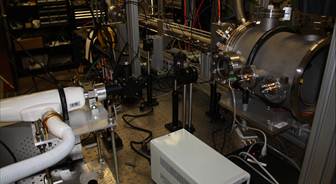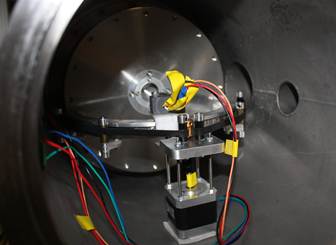Reports: DNI654371-DNI6: High Pressure Studies of Aromatic and Aliphatic Soot Formation Behind Reflected Shock Waves
Patrick Lynch, PhD, University of Michigan-Dearborn


Patrick Lynch, PhD, University of Michigan-Dearborn


Reports in the ACS PRF Annual Report are published as submitted by the Principal Investigator.
Copyright © American Chemical Society